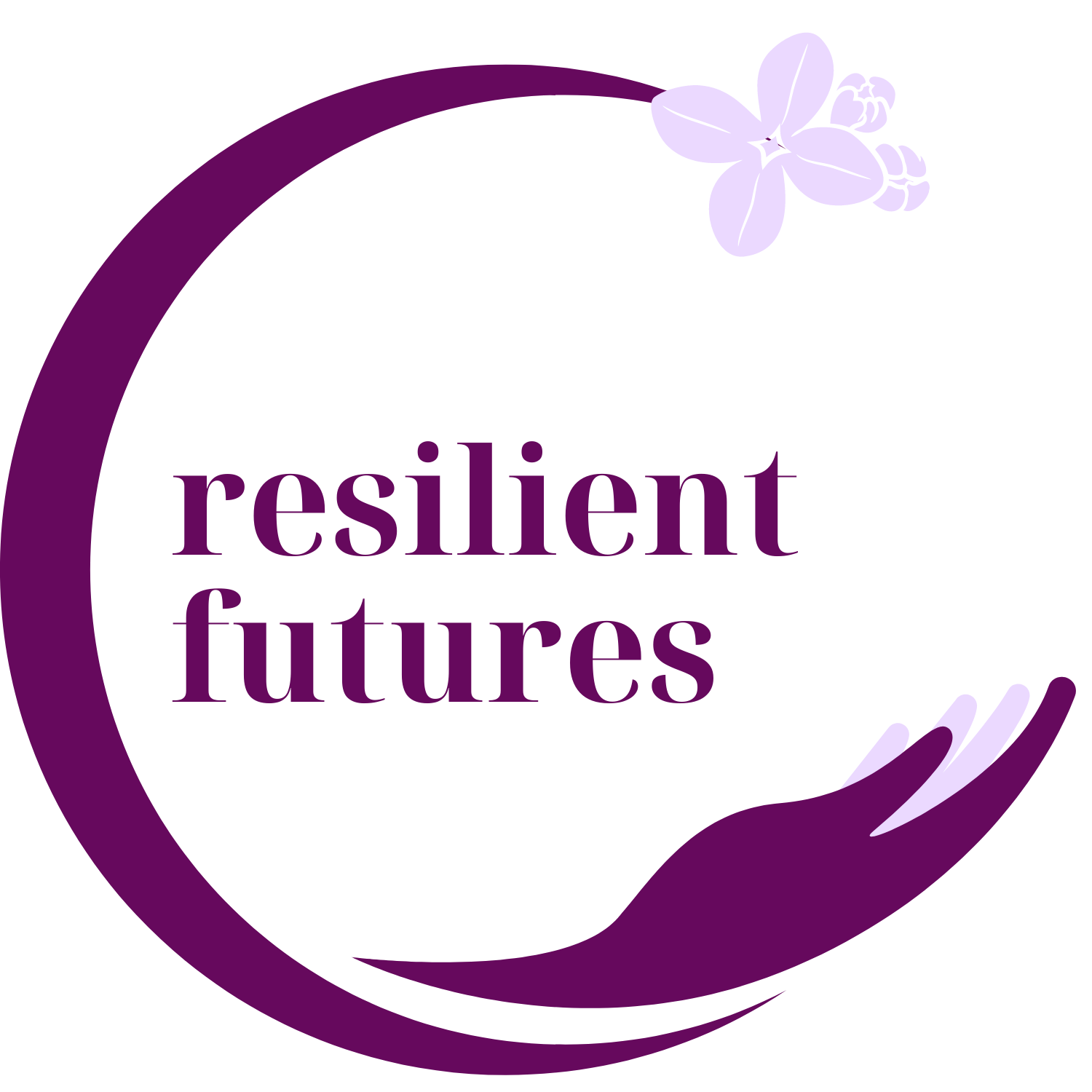Building Emotional Resilience: The Importance of Trauma-Informed Practices in Middle Schools
For Middle School teachers and leaders, incorporating trauma-informed practices can make a big difference in helping students build resilience, strengthen relationships and develop self-regulation skills. By creating safe and supportive learning environments, we can help students navigate the ups and downs of middle school with confidence.
Sign up to read this post
Join Now
